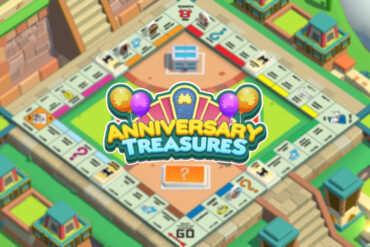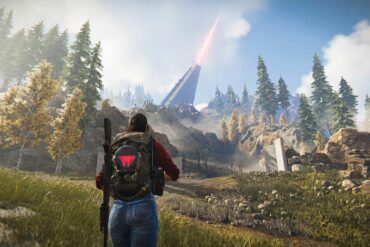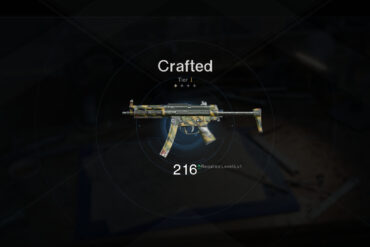Due to the vagaries of 2020, I didn’t give Halloween much thought. Under normal circumstances, Halloween is one of my favorite holidays. I love seeing all of the creative costumes people find, the sharing of candy, and the excuse to search for spookiness.
Humanity has an endless fascination with the unknown, the unexplained, and the supernatural. One of our primary gifts as a species is our ability to learn, to gather data, and then to extrapolate from that data to a logical conclusion. When we encounter something that falls outside our nice, neat, easily explained bubble, it fascinates us. Is there something in the world beyond our normal scientific understanding? Could there be more to the world, perhaps, than what is in all our philosophies? And thus, a lot of people have a fascination with the magical, the otherworldly, those bogeymen from our childhood, and things that go bump in the night.
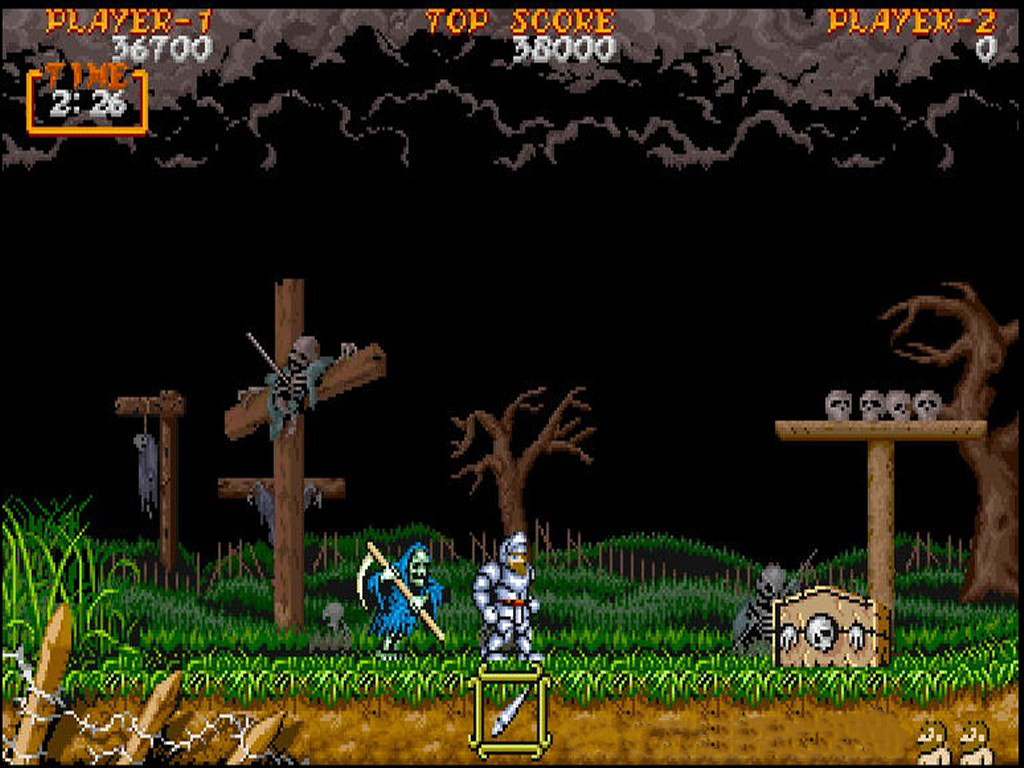
This fascination extends to our taste in media as well: books, films, TV shows, and, of course, the games we play. While I do certainly remember plenty of childhood games that were meant to call up spirits, in this case, I refer to video games. So many of them involve supernatural forces: even things as iconic as Mario have you dealing with the forces of the undead, in the forms of Boos and Dry Bones. But there are two specific series I want to talk about today: Castlevania and Ghouls ‘n Ghosts. These two franchises involve characters dealing with the forces of the undead. But whereas Castlevania is one of Konami’s most beloved series, Ghouls ‘n Ghosts never became one of Capcom’s big names. Why is that? Are these two series so different?
Grab Your Cross and Holy Water
At first glance, Castlevania and Ghouls ‘n Ghosts have a lot of similarities. Both are products of the ‘80s. Castlevania first arrived on the scene in 1986, and the first Ghouls ‘n Ghosts game showed up in 1988. Both games have their roots in arcade games (as both Konami and Capcom were big names in the arcade scene). Both are, at their core, action platformers. And Both series are known for their difficulty, and even have Metroidvania games (Castlevania: Symphony of the Night and Demon Crest). It is easy to see that both games fill a similar ecological niche in the gaming ecosystem. But there are definitely some important differences as well.
Method of Attack
One of the obvious things that are different in how they play is the method of attack. While both games involve collecting different weapons for different situations, how they are implemented is another story entirely. In most of the mainline Castlevania games, you are armed with the Vampire Killer whip. You have this regardless of what you do in-game. Sure, there are upgrades for it, but it is your default mode of attack; if all else fails, whip it. While you can be armed with a single sub-weapon at a time, and while these are better in certain situations, they have limited ammunition (in the form of hearts or crystals), and thus must be used strategically.
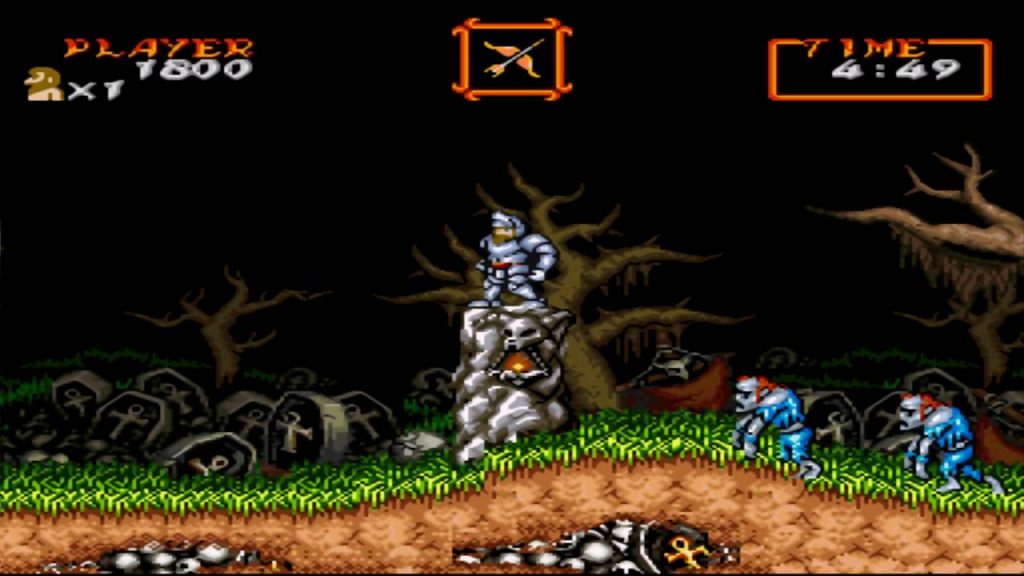
In the Ghosts ‘n Goblins franchise, the weapons work differently. You are only armed with one weapon at a time. All of them have unlimited ammo, but they all have different firing arcs and attack strengths. And there are situations where you would want to have a specific weapon over another. If you go into a level armed with the wrong weapon, or if you collect the wrong one by accident, well, you are out of luck. There is no default attack you can fall back on to deal with those scenarios. I know there were several times in my idiot noob play-throughs where I picked up a new weapon I had not seen before, only to discover that it really sucked. I would then proceed to get eaten by skeletons because I had no useful way of hitting my enemies.
While both Castlevania and Ghouls ‘n Ghosts encourage you to memorize how weapons work, where weapon drops are located and which ones are good for specific levels, the Ghouls ‘n Ghosts series feels much less forgiving.
Healing
Likewise, character health is another scenario where the Ghouls ‘n Ghosts series is much less forgiving. In a lot of the games, you start off as an armored knight. You get hit once, and you are reduced to goofy-print underwear. You get hit again, and you are dead. While some of the games do have an armor upgrade which gives you another hit, in one or two hits, you have lost a life. This is a sharp contrast to the Castlevania series, which, depending on the level, allows you three, four, or even five hits before you lose a life. This generosity allows the player to better learn the levels and how the game works.
Endings
And speaking of cruelty, let us talk about how to get the ending. In Castlevania, generally, you get to the end, defeat Dracula, and are rewarded with an ending. Some of the games do have multiple endings, depending on the speed at which you beat the game (Simon’s Quest), which side character you recruited (Castlevania 3) or if you found hidden things in levels (Rondo of Blood). But in any case, you do see an ending of some kind when you get to the end of the game. This is not the case in the Ghouls ‘n Ghosts franchise.
When you get to the end of the Ghouls ‘n Ghosts games, you face a final boss. After a long hard battle, you are greeted with a message. Everything you just experienced in the game was an illusion, and to get the actual ending, you must go through the entire game a second time. And what is more, you must do it with a specific weapon (and sometimes without even getting hit). After such a difficult journey, this feels like a frustrating bit of padding.
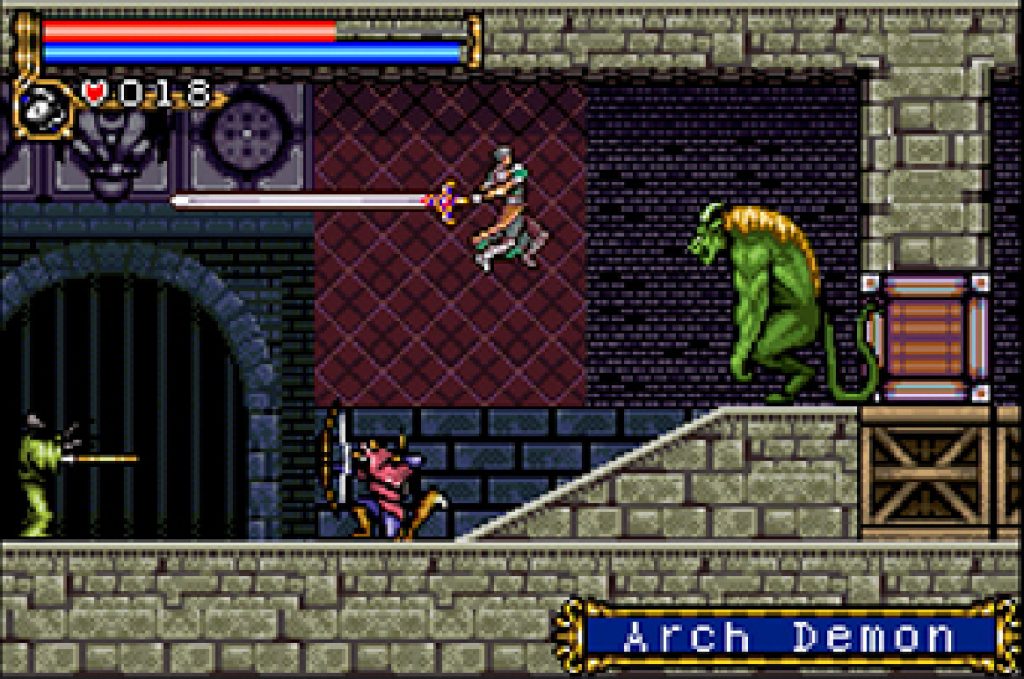
And that is the thing that drags down Ghouls ‘n Ghosts in a lot of ways. It is frustrating. There is, however, a reason for it. While both series have their roots in arcade games, Ghouls ‘n Ghosts was primarily an arcade series originally. When it got ported to consoles, it kept a lot of the arcade design philosophy, which caused extreme difficulties due to the number of player deaths. While this worked in the arcades, where the goal was to munch as many quarters as possible, and being on the machine’s high score list was a point of pride, it is much less fun to experience that in the privacy of one’s own home.
Castlevania, while difficult, feels fairer, and less like it is deliberately trying to kill you at every possible instant. To put this in perspective, I remember playing a couple of the Castlevania games on the NES and the Game Boy as a kid. I was not introduced to Ghouls ‘n Ghosts until I played I Want to Be the Guy, a game designed to celebrate the most difficult parts of NES games. Ultimately, Ghouls ‘n Ghosts is known for the difficulty, to the point that it overshadows most of the positive aspects of the games.
Spooky Scary Skeletons
Superficially, these games have a lot of similarity in look and atmosphere as well. They both have a generally medieval vibe. In them, you are facing demons and the forces of the undead. Both tend to involve dark environments and are attempting to emulate old school horror. Again, both are clearly trying to fill a similar niche.
But, while they are both going for spookiness, there are big differences as well. One of the notable things is how seriously the games appear to take themselves, in terms of art and design. While one could not exactly accuse Castlevania of being realistic, especially in the NES days, it tries to be more serious. The characters and cover art are designed to look like what you would expect in a horror movie. The cover art tends to be stylized, but it at least looks like it is attempting to be real people. Likewise, the sprite work is designed to look as realistic as you could manage with technology at the time.
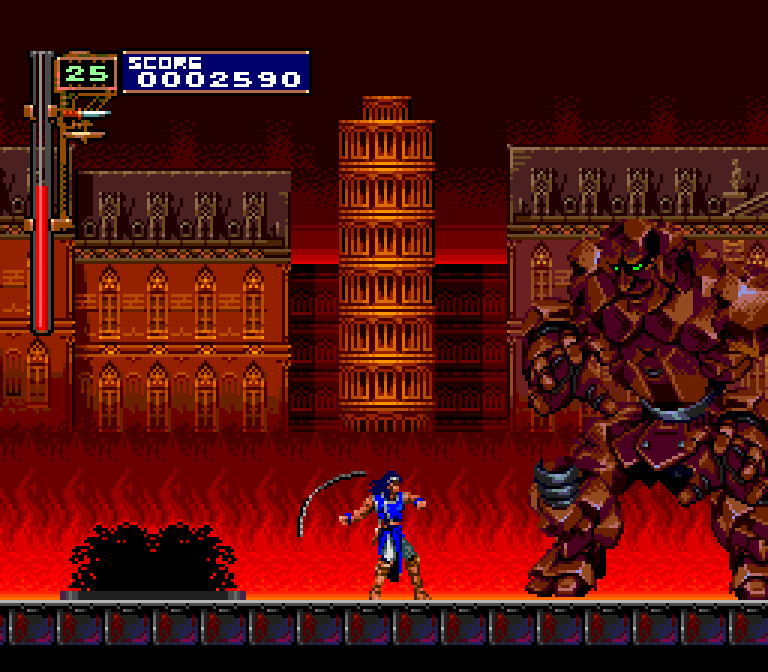
Ghouls ‘n Ghosts took one look at the seriousness and decided to throw it out the window. The character designs tend to be more cartoony and anime-inspired, not entirely unlike Mega Man. And this is fine. It works for the game. It winds up feeling a little more of a child-friendly horror adventure. Now, there is nothing inherently wrong with this. There is a certain charm to the cartoony actions of Arthur on his adventures. It just winds up feeling different from a lot of the earlier Castlevania games.
Enemies
The place where Castlevania wins out in terms of aesthetic is the choice of enemies. Obviously, the thing people know about Castlevania is that it is the series where you fight Dracula. And while this is true, that is not all there is to it. A lot of the enemies are modeled after things from old Universal Studios Horror movies, and later from other pieces of mythology or folklore. When I play Castlevania, I can look at several of the bosses and go, “Hey, I’m fighting Frankenstein,” or, “Oh boy, the Wolf Man!”. Easy things for me, as a Westerner, to glom onto and remember. A lot of these things are monsters I’m familiar with, and can immediately recognize.
Ghouls ‘n Ghosts does not do this. While the regular enemies tend to be familiar hosts of generic zombies and skeletons, a lot of the other bosses are not as immediately intuitively recognizable as the ones from Castlevania. The big bosses tend to be more generic demon lords of some kind. Sure, some of them have recognizable names (like Lucifer or Loki, depending on which particular game you’re playing), but stick any of them in a lineup, and I wouldn’t be able to pick any of them out. Again, this does not make any of these bosses or characters bad necessarily.
In fact, I know plenty who would argue that Capcom choosing to create their own mythology for this series makes them more adventurous and creative. But, being able to do battle with these iconic horror movies has an attraction all its own, and is definitely a big part of why I enjoy Castlevania as a franchise.
Nail in the Coffin
As you can probably guess, there is one of these series I like better. But while I am more of a Castlevania fan than a Ghouls ‘n Ghosts fan, that does not mean that the latter is bad, or that it does not deserve love. I quite enjoy playing the games every now and then, and I certainly have friends who are bigger fans of Ghouls ‘n Ghosts. Both series are fun games for whenever those spooky moods come around. And honestly, if you like the “Classicvanias”, chances are you’ll enjoy Ghouls ‘n Ghosts as well, and visa versa.



